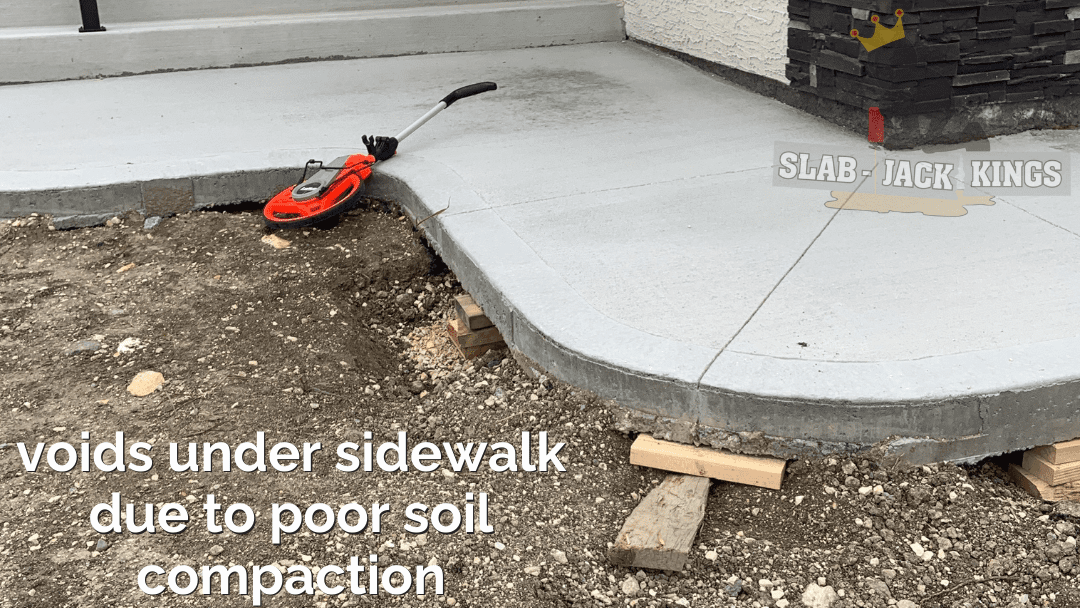Essential Guide to Care for Lifted Concrete
Why Post Lift Maintenance is Crucial
Proper maintenance after a concrete lift ensures the longevity and durability of the lifted surface. The foam used in the lifting process can be compromised by UV rays, and inadequate water drainage can lead to soil erosion, undermining the lift.
Raise the Surrounding Grade
After a concrete lift, it is vital to raise any adjacent grade, soils, landscaping stones, or other materials around the edges of the newly-raised concrete. This step prevents the foam from being exposed to harmful UV rays and ensures proper water drainage away from the area.
Preventing UV Damage to Lifting Foam
The only element that can break down concrete lifting, leveling, and stabilizing foams is the ultraviolet rays of the sun. Exposing the foam to UV rays can significantly reduce its effectiveness and lifespan. By raising the surrounding grade, you create a protective barrier that shields the foam from direct sunlight.

Importance of Water Drainage in Concrete Maintenance
Proper water drainage is essential to prevent soil erosion and water accumulation around your lifted concrete. Poor drainage can lead to water pooling, which may cause the soil to shift and undermine the stability of the lift.
Steps to Improve Water Drainage
- Grade the Landscape: Ensure the landscape slopes away from the concrete slab. This helps direct water away from the concrete and prevents pooling.
- Install Drainage Systems: Consider installing French drains or other drainage systems to manage water flow effectively if necessary.
- Maintain Gutters and Downspouts: Keep gutters and downspouts clean and in good repair to ensure they direct water away from the concrete.

Regular Inspections to Maintain Concrete Integrity
Regularly inspecting your lifted concrete and the surrounding area is crucial. Look for signs of erosion, pooling water, or exposed foam. Early detection of these issues can prevent significant damage and costly repairs.
Preventative Maintenance Tips
- Fill Large Cracks: Seal any larger gaps or breaks that appear in the concrete that are larger than 1/4″ in width to prevent water infiltration and further damage to the surface.
- Adjust Landscaping: Ensure that plants and landscaping elements do not impede water flow away from the concrete slab.
- Monitor Drainage Systems: Regularly check that installed drainage systems are functioning correctly and are free of blockages.
- Apply a Concrete Sealant: Applying a high-quality concrete sealant can protect your slab from the elements and prolong its life.
FAQs
“How Often Should I Inspect my Lifted Concrete?” Inspect your concrete at least twice a year to catch any early signs of damage. “What Type of Sealant Should I Use?” Use a high-quality, breathable concrete sealant designed for exterior surfaces. “What Should I Fill the Cracks With?” Polymeric sand is our go-to because it is easy to apply and maintain, and it works very well. They also make them in different shades and colours, so blending it in with the concrete’s natural colour is made simple. Maintaining your concrete after a lift doesn’t have to be complicated. By following these tips, you can ensure that your concrete surfaces remain strong and durable. For more information on concrete lifting and post-lift maintenance, contact Slab-Jack Kings today. Our team of professionals is here to help you with all your concrete maintenance needs.





